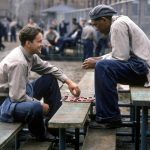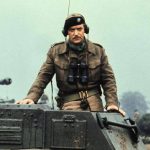“The Road Warrior” (1982)
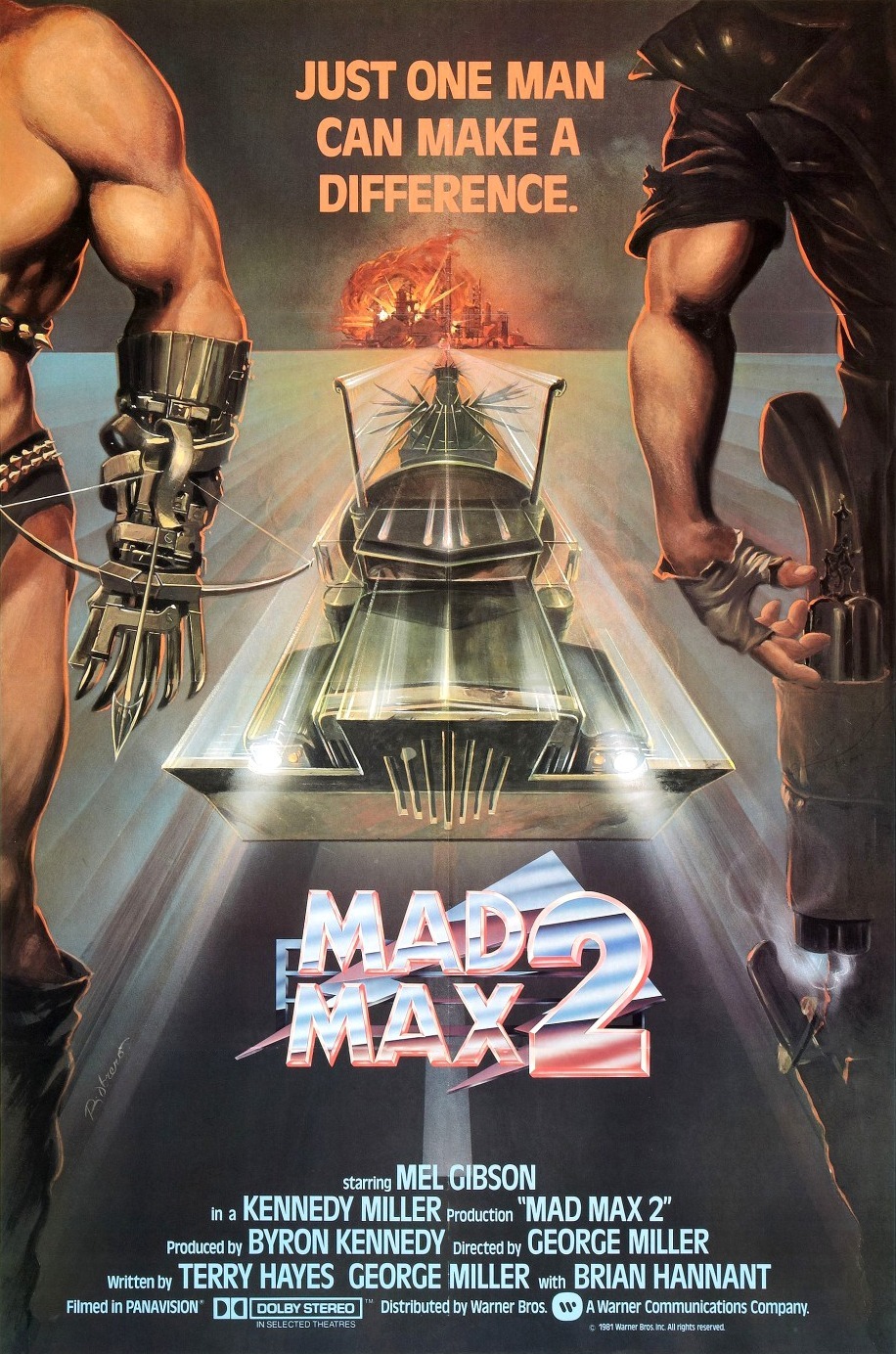

“The Road Warrior” (1982) is a high-octane spectacle that redefined the post-apocalyptic genre with its thrilling, gritty action and stark, desolate setting. As the second film in George
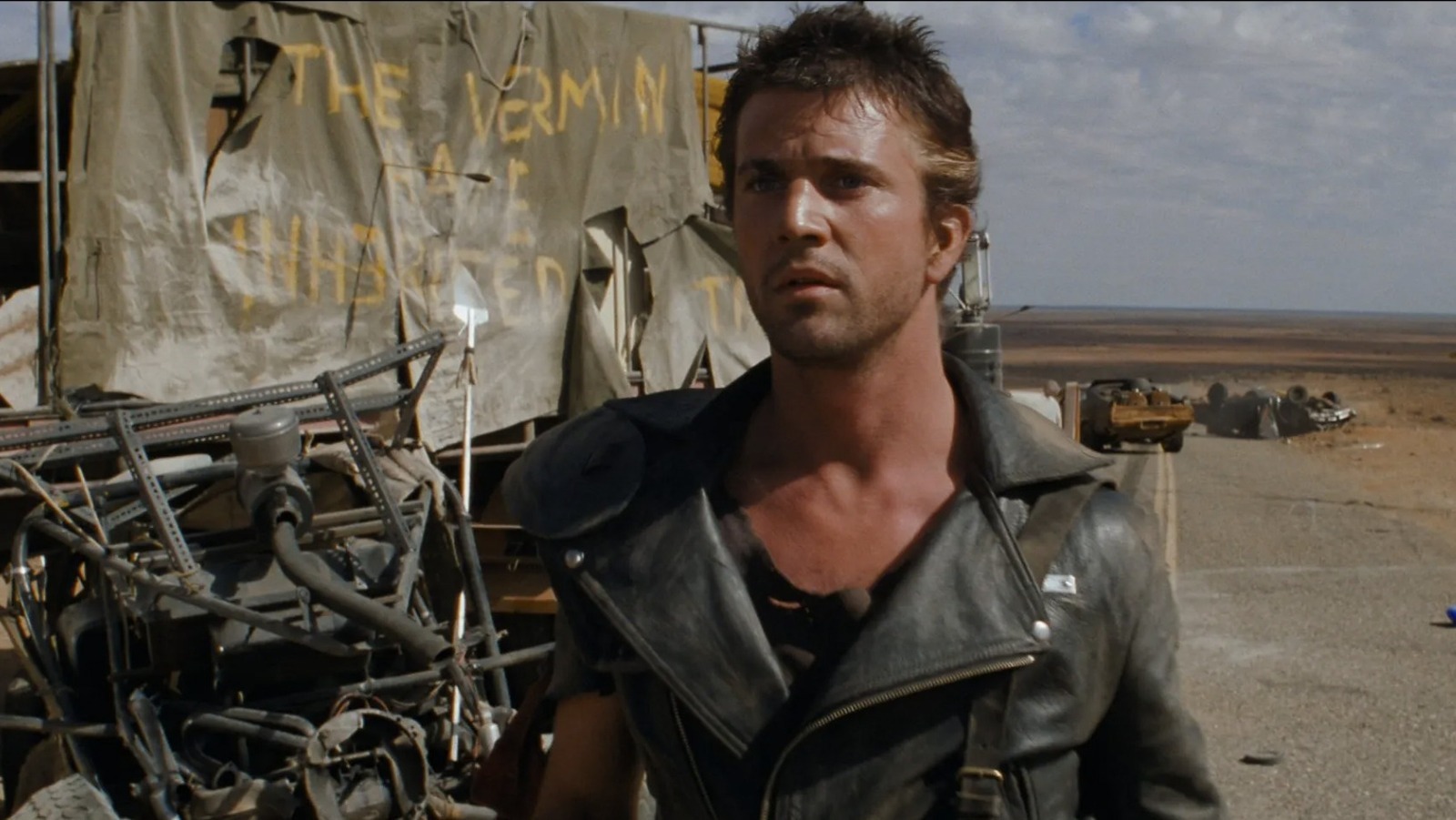
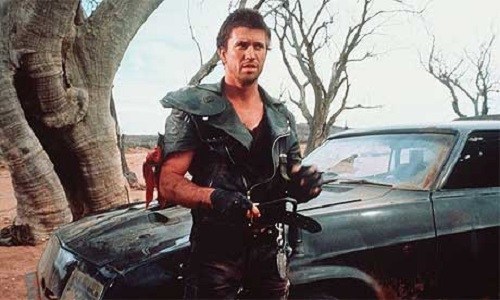
Miller’s Mad Max series, it solidified Mel Gibson’s portrayal of Max Rockatansky as a legendary anti-hero, a lone wolf navigating a lawless wasteland.
Set against the backdrop of a world ravaged by energy shortages and societal collapse, the film excels at creating a visceral and haunting atmosphere. Max, still reeling from the events of the first film, has become a hardened drifter, seeking only to survive. The desolate Australian outback, with its barren landscapes and harsh conditions, mirrors the bleakness of a world where survival hinges on the precious commodity of fuel.
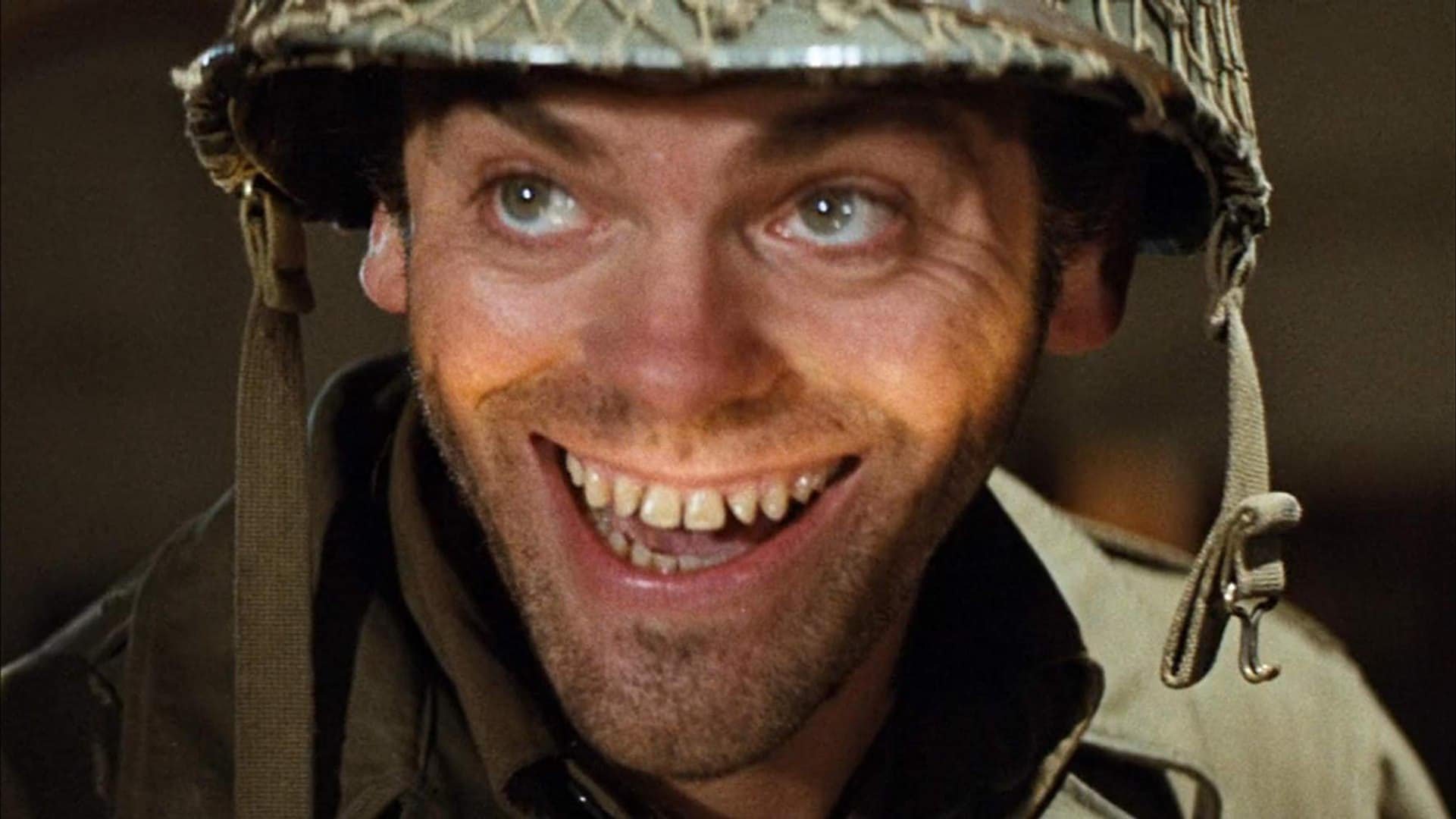
The tension escalates as Max reluctantly sides with a group of survivors defending an oil refinery against the marauding gang led by the menacing Humungus, a leather-clad warlord whose appearance and brutal methods perfectly embody the savagery of this new world. The film’s narrative of survival and redemption is propelled by explosive action sequences, including the legendary final car chase—an exhilarating, heart-pounding sequence that stands as one of the greatest stunts ever committed to film.
The Road Warrior masterfully combines sparse dialogue with intense, kinetic action, allowing the visual storytelling and dynamic stunt work to take center stage. The film’s influence on the action genre, particularly in its depiction of chaotic vehicular warfare, remains enduring, with many filmmakers drawing inspiration from its dystopian vision.








